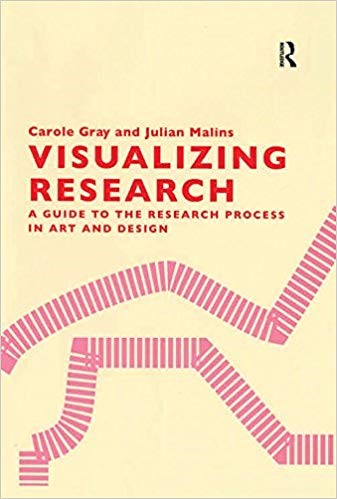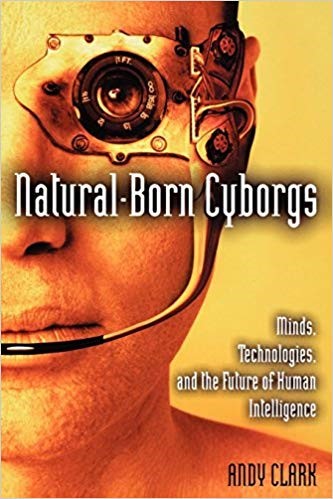
My Exploratory Journey or: How I Learned to Stop Worrying and Love my Ph.D. (Part I)

Marco Fraga da Silva
- Ph.D. student in Media Arts at the Universidade Lusófona de Humanidades e Tecnologias
I’m developing a practice-based Ph.D. thesis in Media Arts at the Lusophone University of Humanities and Technologies, in Lisbon, under the title Transmedia Storytelling and Speculative Worldbuilding: Graphic Literature and Cinematographic Strategies in the Construction of a Transmedial Franchise. In the theoretical section, I will be researching Transmedia Storytelling, Speculative Fiction, Comics, and Worldbuilding; for the practice-based component, I will create a speculative fiction graphic novel and a transmedial strategy for the promotion of the storyworld I’m building (e.g. book trailer, website, poster).
Theory allied with practice and hands-on strategies are paramount to the development of this thesis. The metaphor of the ‘exploratory journey’ as a methodological process, defined by Carole Gray and Julian Malins on their book – Visualizing Research: A Guide to the Research Process in Art and Design –, will be used for the construction of the academic text. My former studies in Graphic Design (BA) and in Cinema Studies (MA) justify and propel me into such an approach. As far as I know, in Portugal, my doctoral research is the third Ph.D. thesis on Transmedia Storytelling (Soraia Ferreira, Marta Noronha e Sousa) and the fourth on Comics Studies (Pedro Moura, Joana Afonso, Inês Garcia); this should probably change before I finish my ‘journey’ in 2022.

This article’s goal is to help me think about my writing process and to share what I’m doing. Writing is a form of thinking ‘outside’ our head and for me (as for all writers) the re-writing process is very important. The American author Andy Clark believes we are all “natural born cyborgs” because of our ability to integrate external tools and devices that alter and transform the way our mind works; he believes our “mind is less and less in the head” ever since we started using mind-expanding technologies such as talking and then writing. So, not only is this process of writing and re-writing very important for the stories I want to tell but it’s also important for the writing of the thesis itself. More articles like this will be written on my ‘exploratory journey’ as a sort of ship’s log helping me to better understand my project.
Creating a transmedial franchise is not an easy task and strategies differ greatly. The public will ultimately be the judge and vouch (or not) for the quality of the product. The worldbuilding I’m constructing is big and I’m developing several stories. I’ve finished one script and I’m working with an illustrator on the production of the graphic novel. I’m already writing the second script of what I think will be a trilogy. After this trilogy, there’s another big story I want to tell and two prequels. All narratives are set in the same storyworld. The trilogy is about a character named Uluru (a rough drawing is available below). The first book works as a stand-alone story; the second and third graphic novel will be produced after I’ve finished my thesis. The Uluru – First Volume will be available online in 2021 (in English, French, Mandarin, and Portuguese); three pages will be uploaded every week as it is commonly done with digital comics and webcomics. In 2022 a crowdfunding campaign will be launched to publish a hardcover high quality print of the 138-page story.

Creating a transmedial franchise is not an easy task and strategies differ greatly. The public will ultimately be the judge and vouch (or not) for the quality of the product. The worldbuilding I’m constructing is big and I’m developing several stories. I’ve finished one script and I’m working with an illustrator on the production of the graphic novel. I’m already writing the second script of what I think will be a trilogy. After this trilogy, there’s another big story I want to tell and two prequels. All narratives are set in the same storyworld. The trilogy is about a character named Uluru (a rough drawing is available below). The first book works as a stand-alone story; the second and third graphic novel will be produced after I’ve finished my thesis. The Uluru – First Volume will be available online in 2021 (in English, French, Mandarin, and Portuguese); three pages will be uploaded every week as it is commonly done with digital comics and webcomics. In 2022 a crowdfunding campaign will be launched to publish a hardcover high quality print of the 138-page story.
My goal is to initiate a transmedial franchise through the medium of Comics. For this purpose I’m working with strategies usually applied for audiovisual projects; tools such as the script, the logline, the step-outline, and the production bible are of the utmost importance in the pre-production of the graphic novel.
I’m using the cinema script formatting style and not the typical comics format. This is intentional; the goal is to adapt the script of the graphic novel into the Animation medium. Moreover, I have the objective of sending the script to the seventh edition of a Portuguese language script contest (‘Guiões – Festival do Roteiro de Língua Portuguesa’). This is a very interesting contest and a good way of showcasing the story to a specialized public and producers.
The logline, also called ‘one-line’ in Hollywood, is a synthetic description of the story in one paragraph containing three elements: protagonist, goal, and obstacle. The website logline.it is a very interesting platform where people share and evaluate/ criticize loglines. On this website, a sort of formula is given. The paragraph must contain the ‘inciting incident’, the protagonist description, and its goal; It’s presented this way: “When [a major event happens], [the hero], must [do the main action]”. For a better understanding of the structure an example is made available: “When a swimmer is brutally killed by a shark, a small-town sheriff must stop the killing monster.” The same formula has an upgraded version on the website the storydepartment.com: “When [a major event happens], a(n) [flaw + main character] must ([overcome the flaw], and) [do/pursue the main action/goal].” Again, an example using Jaws is offered: “When a swimmer is killed by a great white, a bureaucratic sheriff must take responsibility, protect the people, and kill the shark.”
The ‘one-line’ is very important for the scriptwriter as an insightful tool but also for selling the idea to others with a short but incisive paragraph. For now, Uluru’s first monomyth logline is as such: when a lonely young boy raised by two intelligent machines dreams that they are withholding information he decides to run away from home overcoming his fear to be alone in search of others like him.
The step-outline, known as ‘escaleta’ in Portugal, is a short version of the story scene-by-scene. This is a very useful tool to handle the flux of the plot and sequence choices before writing the script. For me, this is one of the most important steps to structuring the story. I began by using the ‘monomyth’ structure, as Joseph Campbell and Christopher Vogler present it, and then I used the step-outline to flesh out the concepts and scenes I wanted to show. I found later, when writing the script from the step-outline, that I was critically engaged in the text and creatively making changes by processing the information. I changed my story a lot from the step-outline structure to the final script getting rid of sequences that didn’t add anything and changing the order of some events. Using this method allowed me to think and ‘feel’ the story tapping my creativity and the research I did on several areas for the worldbuilding.
The production bible, usually used in television projects, is the way I decided to share all the information I gathered for the production of the graphic novel. It’s useful for me and for the illustrator as a tool for developing the concept art, page layouts and the design of book. My production bible contains: logline; pitch, description of the story; the genre; character and worldbuilding information; step-outline; referential art; script; short comics about Uluru previously published; synopsis of other stories in the same storyworld; information about the crowdfunding campaign.
I find the production bible a useful tool not only to discuss the book with the illustrator but also to think about the way I will present some of the information on the thesis. The project will not be over in 2022 when I’m to defend my academic research. I hope this is just the beginning of a longer journey.

